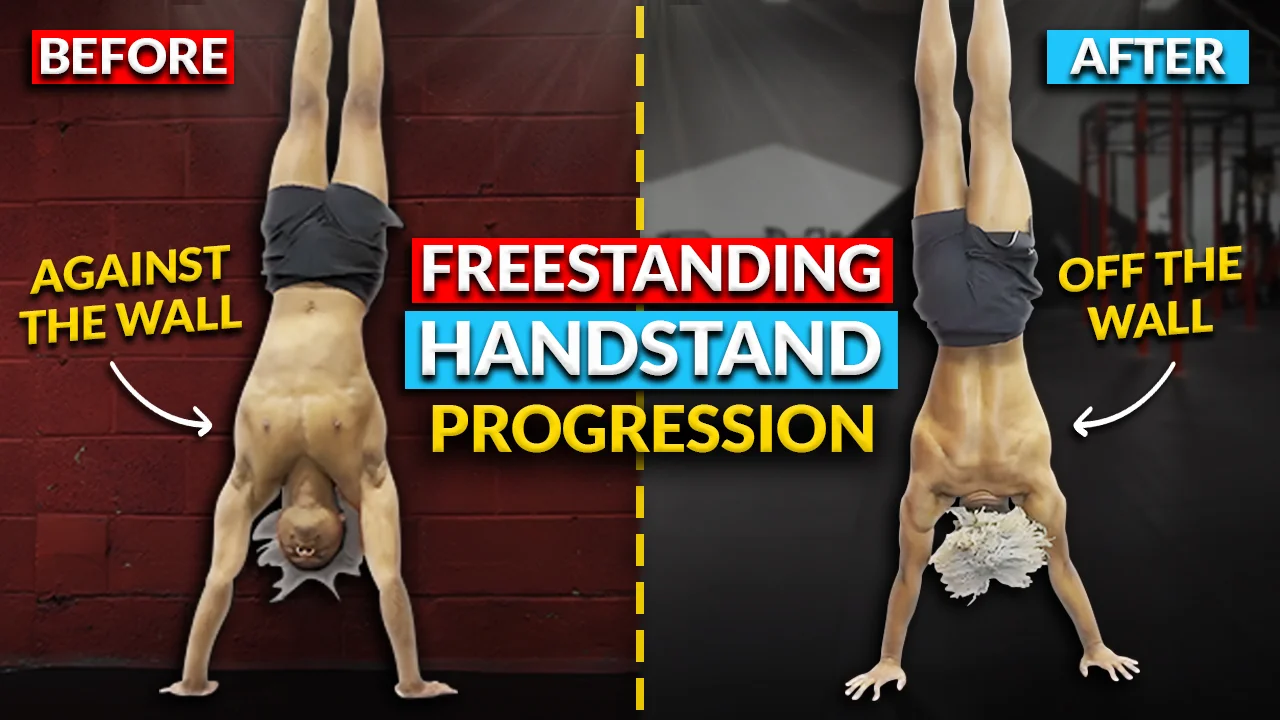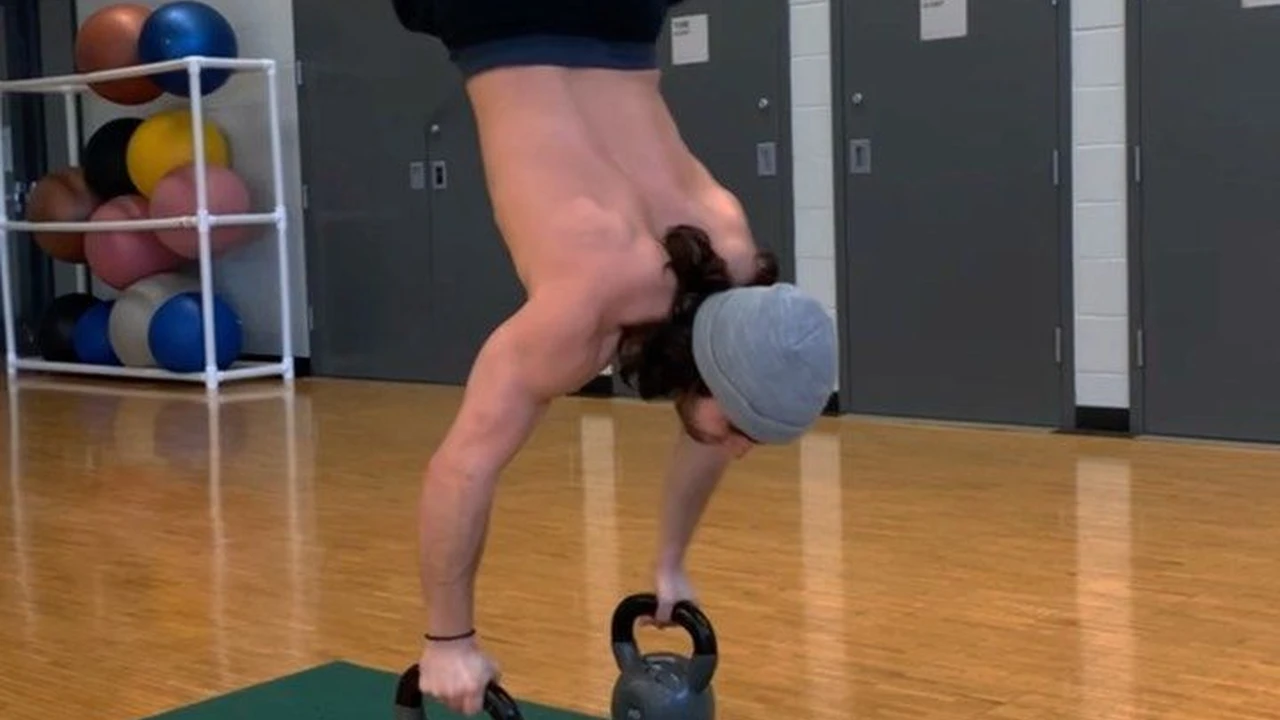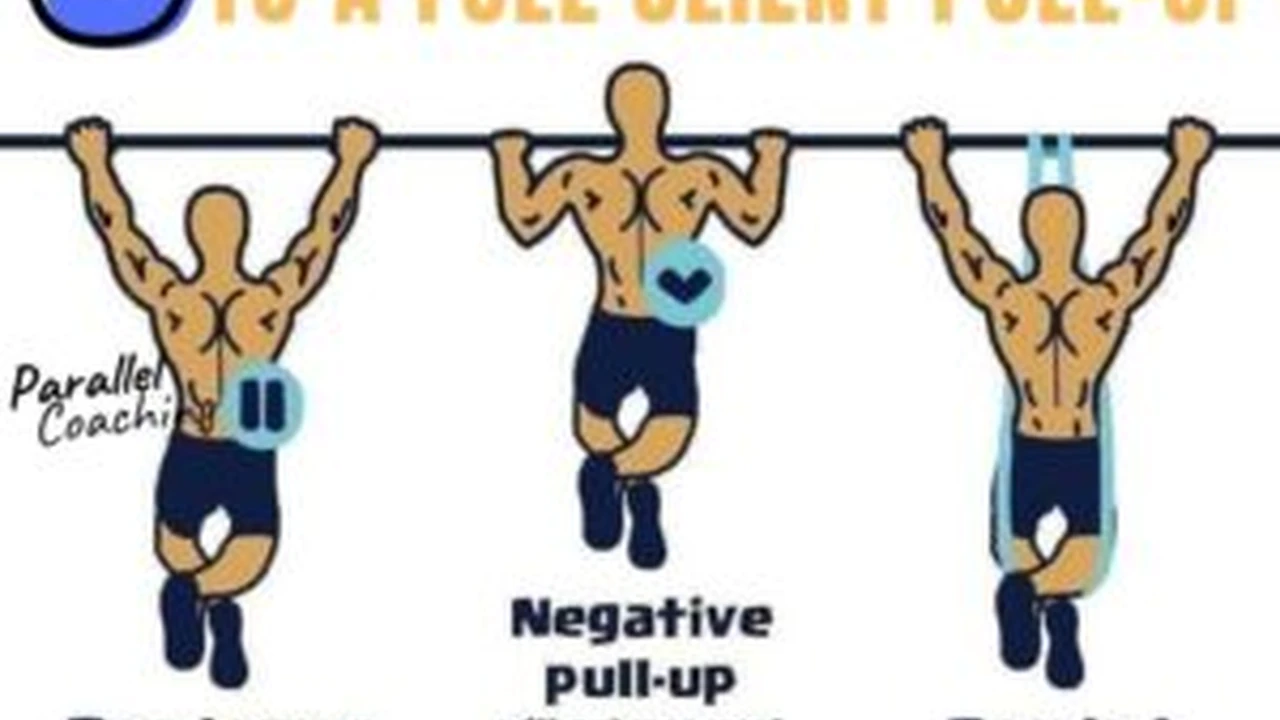Diamond Push-Ups vs. Regular Push-Ups: Which Is Better?
Unlock the power of decline push-ups! Learn the benefits, perfect your technique, and discover the equipment to take your push-up game to the next level. Build upper body strength and sculpt your chest with this comprehensive guide.

Decline push-ups, where your feet are elevated above your hands, shift the focus to your upper chest and shoulders, making them a powerful tool for building a well-rounded physique. Let’s get into it!
Benefits of Decline Push-Ups Targeting Upper Chest and Shoulders
Decline push-ups offer several advantages over regular push-ups. Because of the elevated feet, the exercise places greater emphasis on the upper chest (clavicular head of the pectoralis major) and the anterior deltoids (front shoulders). This makes them an excellent choice for individuals looking to sculpt their upper chest and improve shoulder strength and definition. They also engage your core more intensely as your body fights to maintain stability on the elevated plane.
Proper Decline Push-Up Technique Achieving Full Range of Motion
Proper form is crucial to avoid injury and maximize the effectiveness of decline push-ups. Here’s a step-by-step guide:
- Set Up: Place your feet on an elevated surface, such as a bench, box, or dedicated decline push-up platform. The higher the elevation, the greater the challenge. Start with a lower elevation if you are new to this exercise.
- Hand Placement: Position your hands slightly wider than shoulder-width apart, with your fingers pointing forward.
- Body Alignment: Maintain a straight line from your head to your heels. Engage your core to prevent your hips from sagging.
- Lowering: Slowly lower your chest towards the ground, maintaining control throughout the movement. Aim to touch your chest lightly to the floor or come as close as possible while maintaining proper form.
- Pushing Up: Push back up to the starting position, extending your arms fully. Focus on contracting your chest and shoulder muscles.
- Breathing: Inhale as you lower and exhale as you push up.
Common Mistakes to Avoid: Sagging hips, arching back, flaring elbows too far out, and not achieving a full range of motion.
Decline Push-Up Equipment Platforms Benches and Boxes
While you can perform decline push-ups using a simple bench or box, dedicated decline push-up platforms offer enhanced stability and comfort. Here's a look at some options:
- Adjustable Decline Bench: Offers a range of incline settings, allowing you to progressively increase the difficulty of the exercise.
- Plyometric Box: A sturdy box made of wood or foam, suitable for various exercises, including decline push-ups. Available in different heights.
- Dedicated Decline Push-Up Platform: Specifically designed for decline push-ups, often featuring non-slip surfaces and ergonomic designs.
Product Recommendations for Decline Push-Ups Pricing and Features
Here are some specific product recommendations, along with their features and pricing:
Adjustable Decline Bench Review:
- Product: Flybird Adjustable Weight Bench
- Features: Adjustable incline/decline, sturdy steel frame, comfortable padding, foldable for easy storage.
- Usage Scenario: Home gym, suitable for various exercises besides decline push-ups.
- Pros: Versatile, durable, comfortable.
- Cons: Can be bulky, requires some assembly.
- Price: $100 - $150
Plyometric Box Review:
- Product: Yes4All Wood Plyo Box
- Features: Solid wood construction, available in different heights, durable and stable.
- Usage Scenario: CrossFit, plyometrics, and decline push-ups.
- Pros: Simple, durable, affordable.
- Cons: Not adjustable, can be slippery if not properly maintained.
- Price: $50 - $100 (depending on height)
Dedicated Decline Push-Up Platform Review:
- Product: Perfect Fitness Pushup Elite
- Features: Rotating handles, non-slip base, ergonomic design.
- Usage Scenario: Home or travel, focuses on wrist comfort and proper form.
- Pros: Comfortable, portable, helps maintain proper form.
- Cons: Limited to push-ups, may not be as durable as other options.
- Price: $30 - $50
Comparing Decline Push-Up Equipment Stability Comfort and Portability
When choosing decline push-up equipment, consider the following factors:
- Stability: Ensure the equipment is stable and won't wobble during the exercise.
- Comfort: Look for padded surfaces or ergonomic designs for added comfort.
- Portability: If you plan to travel with your equipment, choose a lightweight and portable option.
- Adjustability: An adjustable bench offers more versatility and allows you to progressively increase the difficulty.
Decline Push-Up Alternatives Incline Push-Ups and Chest Press Variations
If you don't have access to decline push-up equipment or find them too challenging, consider these alternatives:
- Incline Push-Ups: Perform push-ups with your hands elevated on a bench or box. This is an easier variation that still targets the chest and shoulders.
- Dumbbell Chest Press: Lie on a bench and press dumbbells upwards. This exercise targets the chest and shoulders and can be performed with varying weights.
- Cable Flyes: Use a cable machine to perform flyes, which isolate the chest muscles.
Integrating Decline Push-Ups into Your Workout Routine Sets and Reps
Start by incorporating decline push-ups into your workout routine 2-3 times per week. Aim for 3-4 sets of 8-12 repetitions. Adjust the number of sets and reps based on your fitness level and goals. Remember to focus on proper form and listen to your body. As you get stronger, you can increase the elevation of your feet or add weight by wearing a weighted vest.
:max_bytes(150000):strip_icc()/277019-baked-pork-chops-with-cream-of-mushroom-soup-DDMFS-beauty-4x3-BG-7505-5762b731cf30447d9cbbbbbf387beafa.jpg)






